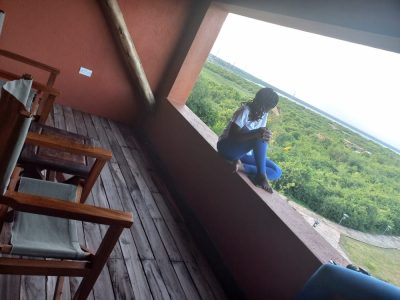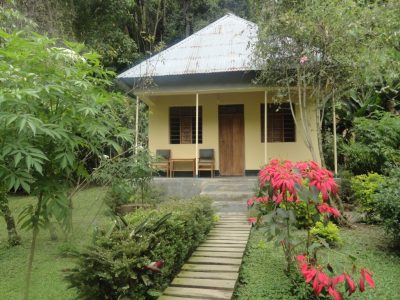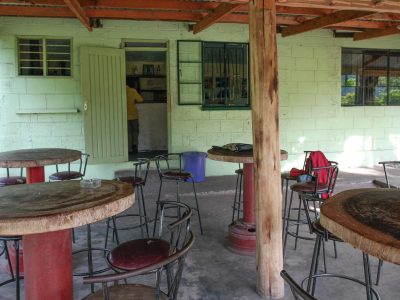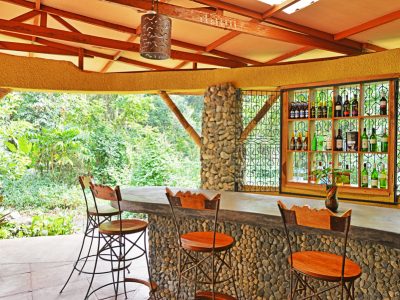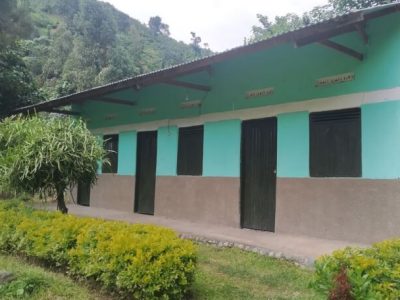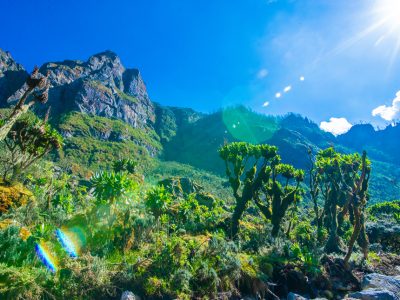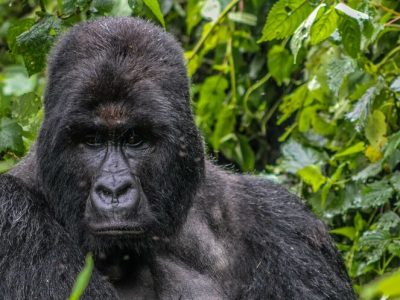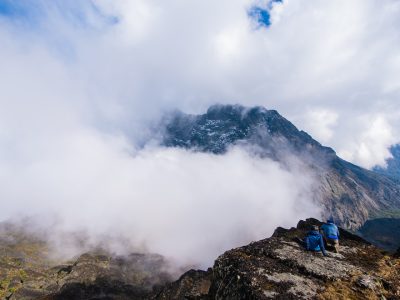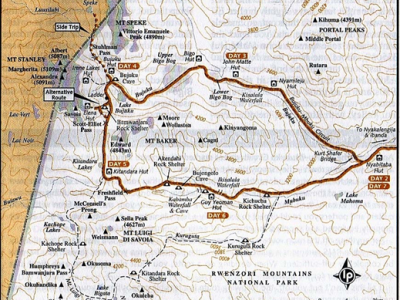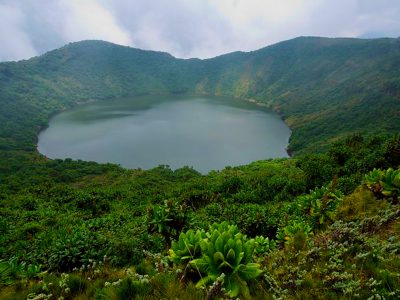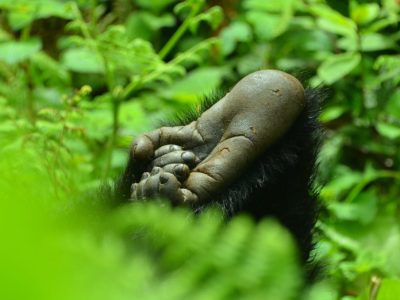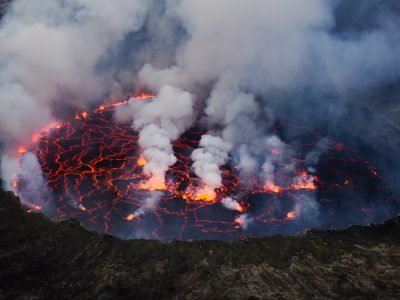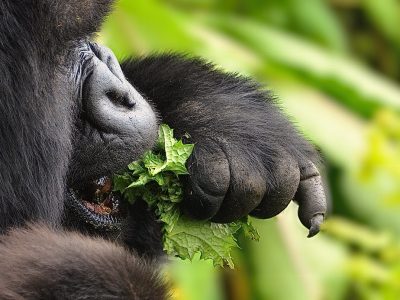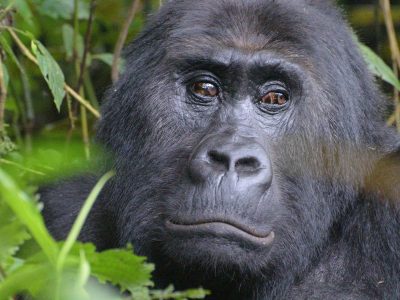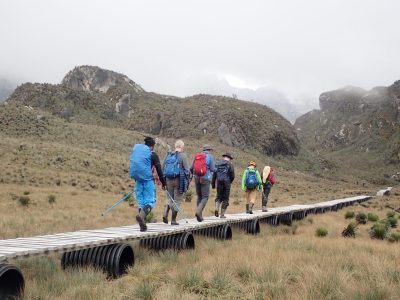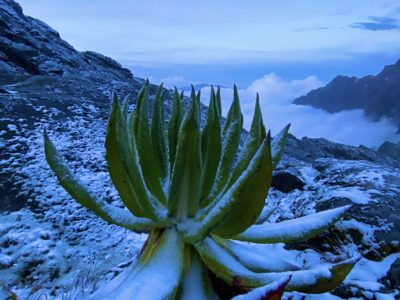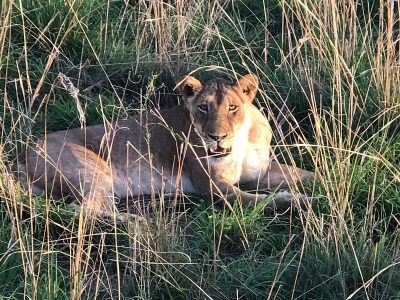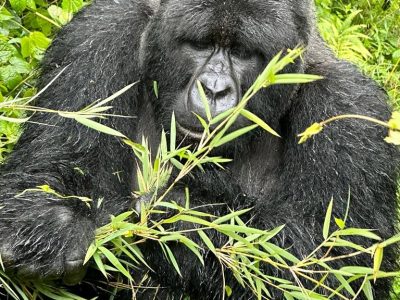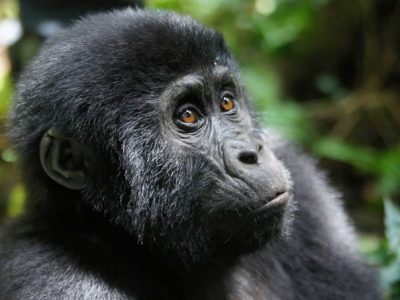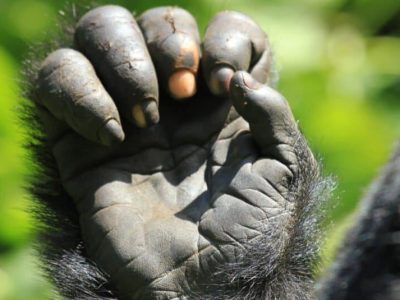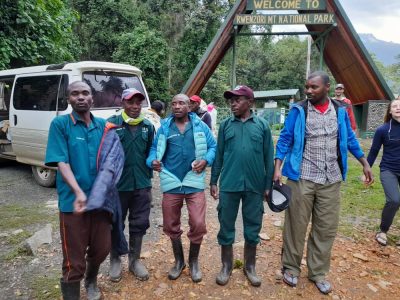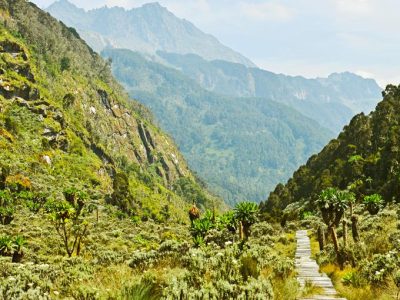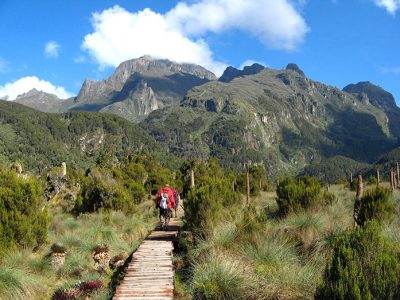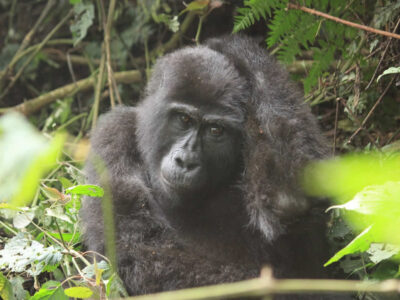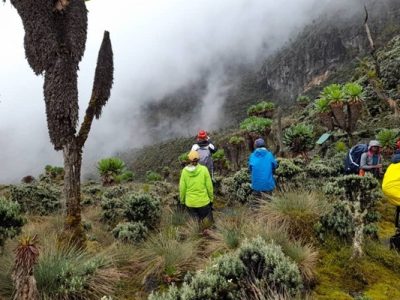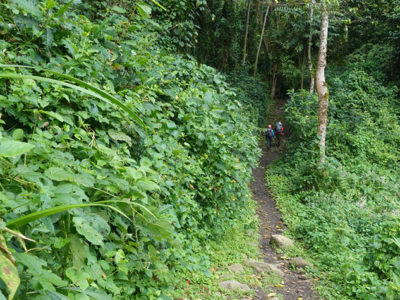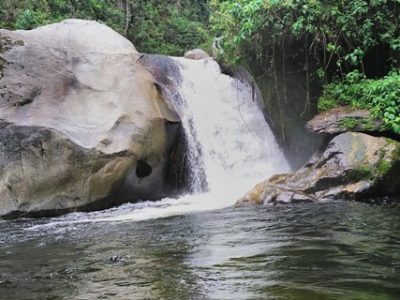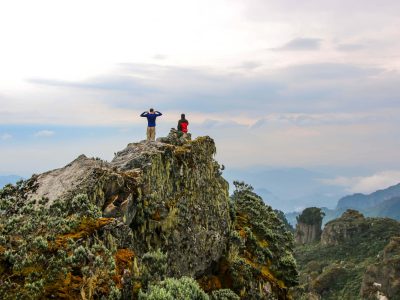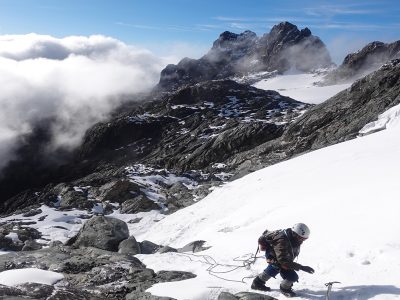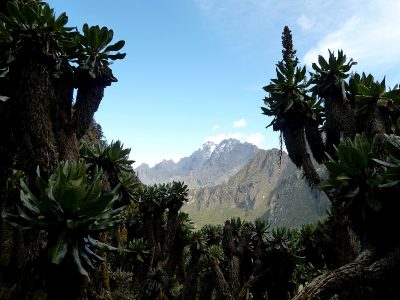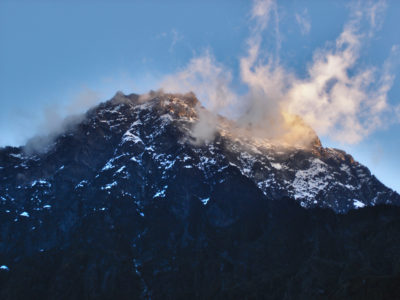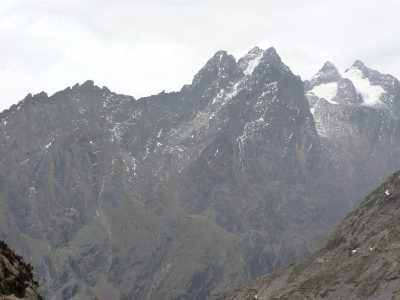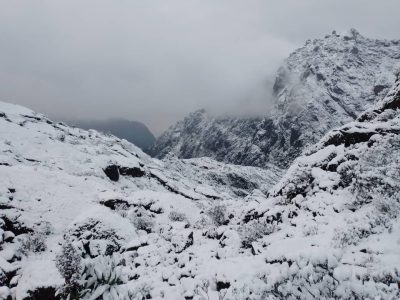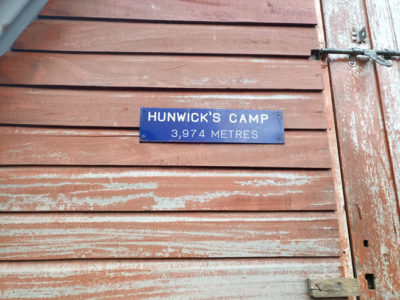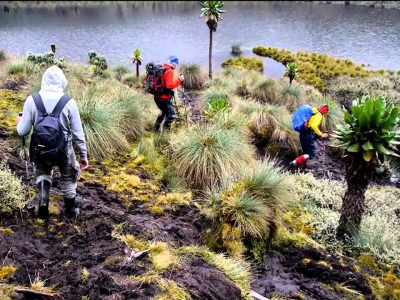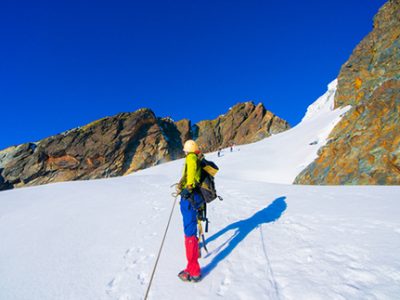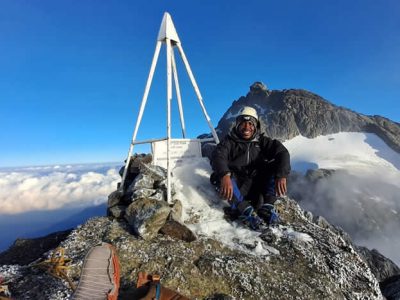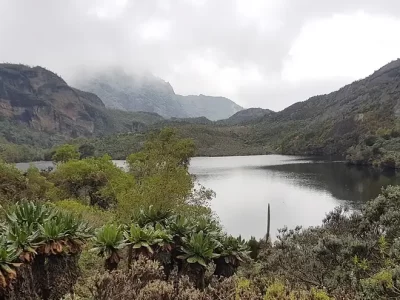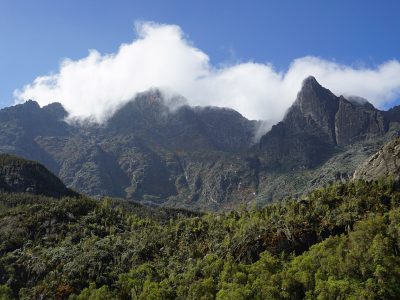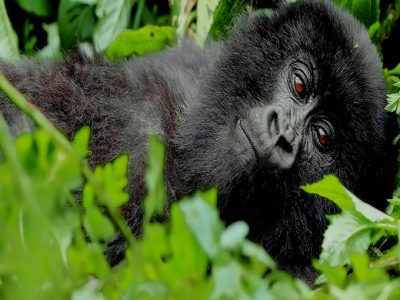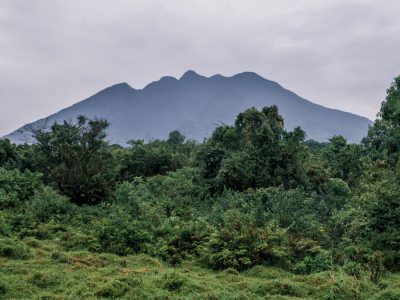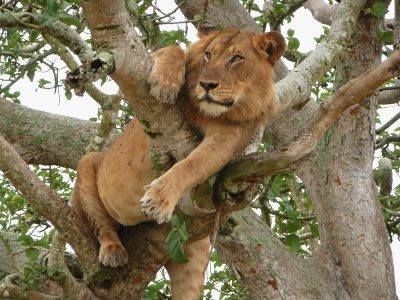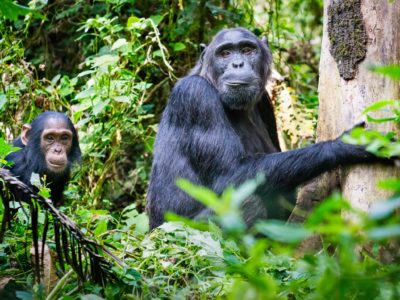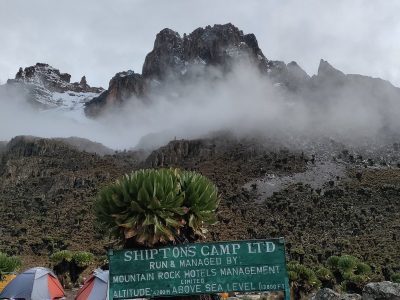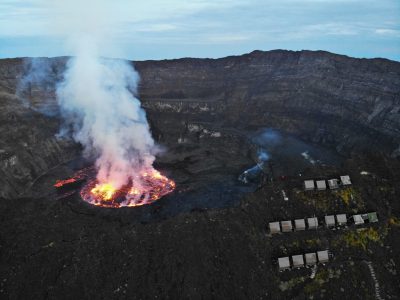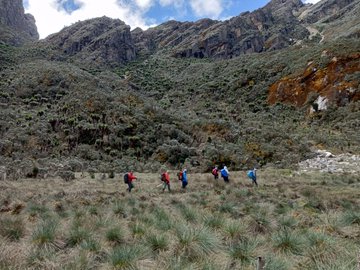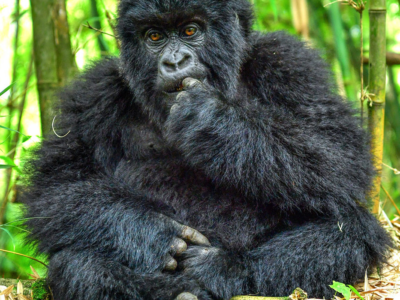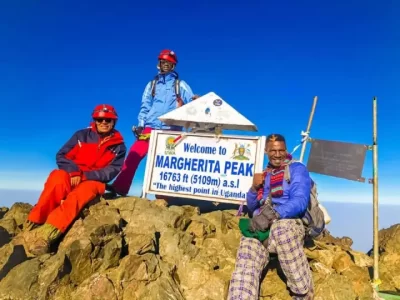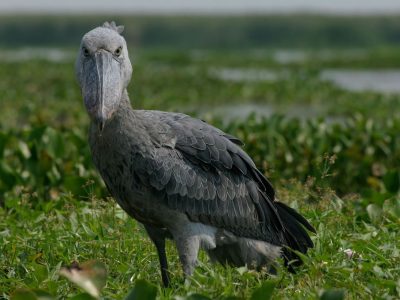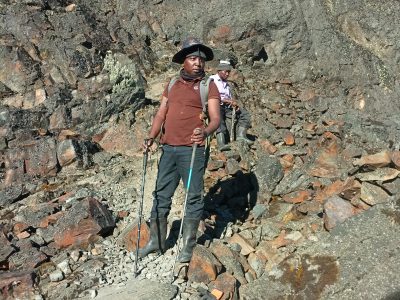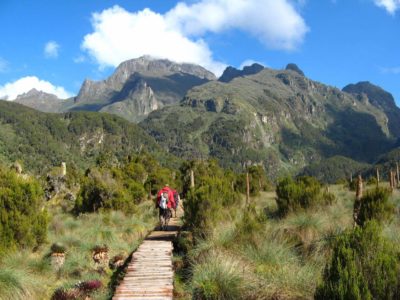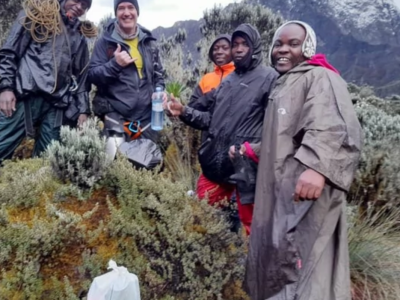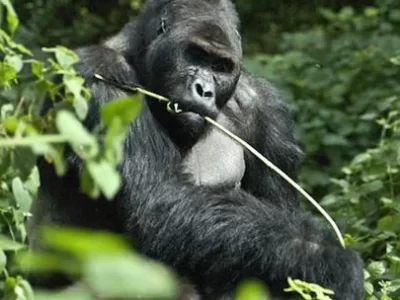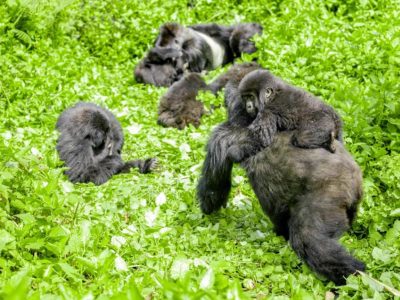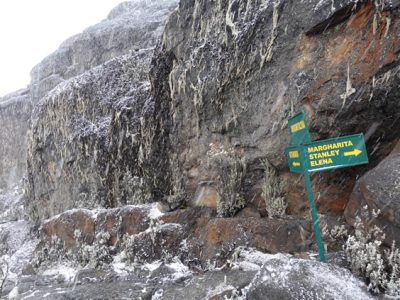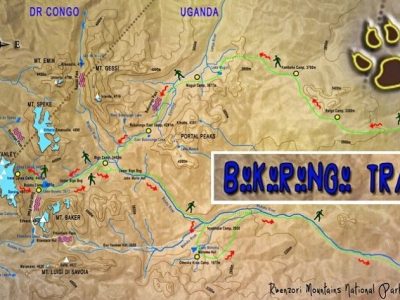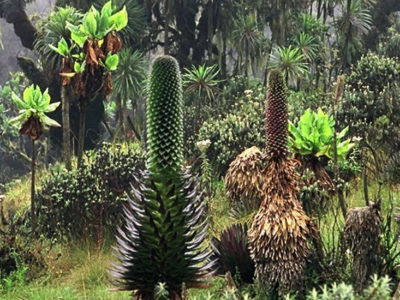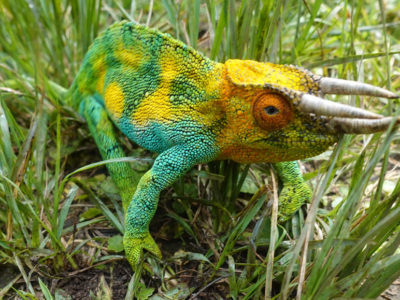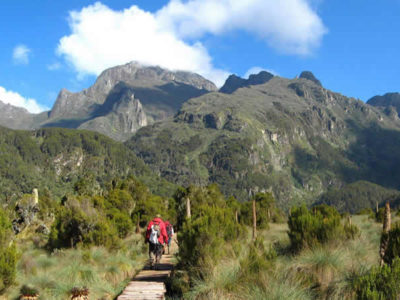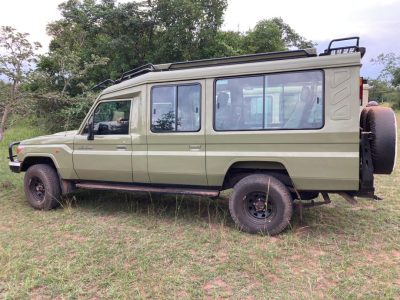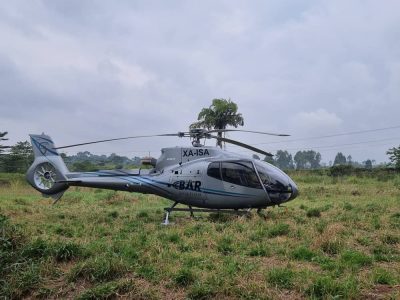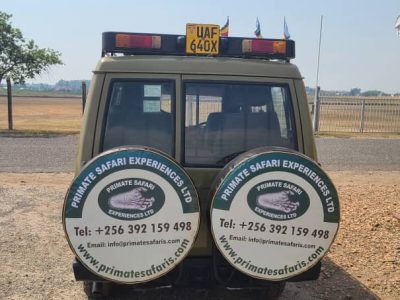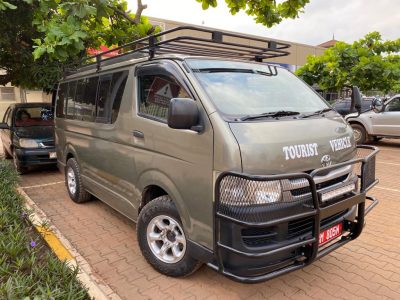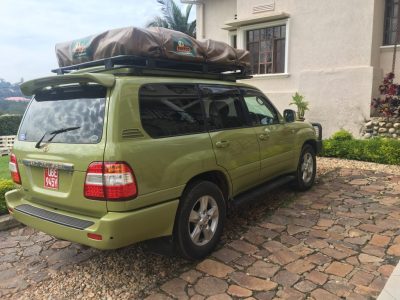Mount Rwenzori National Park
Rwenzori Mountains National Park : Climb Rwenzori
When planning for mountaineering adventure in Uganda? Select the best place to visit is Rwenzori Mountains National Park which is Located in the Southwestern Uganda, Rwenzori Mountain National Park is Uganda’s national Park and UNESCO world Heritage site which is suitably situated in Rwenzori Mountains. The park covers approximately 1000 square kilometers and has Africa’s third highest peak(margherita at 5109m), after mount Kilimanjaro and Mount Kenya. The park offers breathtaking views of of glaciers, snow caped mountains, lakes, waterfalls.
History Of Rwenzori Mountain National Park
The Rwenzori Mountains National Park is one of the largest and most important water catchment areas in western Uganda. The mountain ecosystem is of global importance as a world heritage site and is habitat to several endemic, endangered, threatened and rare species of the Albertine rift, some of them with restricted ranges. The Rwenzori Mountains is a cross-border ecosystem shared with the Democratic Republic of Congo (DRC).
Rwenzori Mountains National Park was established in 1991. It was designated a UNESCO World Heritage Site in 1994 because of its outstanding natural beauty, but was later inscribed on UNESCO’s List of World Heritage in Danger from 1999 to 2004, because the Rebel militias had occupied the Rwenzori Mountains from 1997 to June 2001.
Geography of Rwenzori Mountains National Park
Rwenzori mountains National Park is found in the Eastern side of the Western African Rift valley and lies along Uganda’s border with Democratic republic of Congo, Though situated in the districts of Bundibugyo, Kabarole and Kasese districts, which is just 25km from the small town of Kasese town. The park spans up to 996km in size, whereby 70% exceeds an altitude of 2,500 metres (8,200 ft), thus ,the park is 120 kilometres (75 mi) long and 48 kilometres (30 mi) wide.
However, Rwenzori Mountains national park covers mostly the center and the Eastern half of Rwenzori Mountains, a mountain range arising above the dry plains located in the North of the Equator.
Besides Mount stanley’s twin, Margheritah Peak, Rwenzori Mountains National park also contains the Africa’s 4th and 5th peaks of Mount Speke and Mount Baker, all of which are higher than the Alps and are ice capped.
Flora and Fauna of Rwenzori Mountain National Park
Rwenzori Mountain National park is known for its Botany, which has made it one amongst the most beautiful regions in the world. This is because of the high diversity of plants and tree species. However, there are five different vegetation zones in the park.
The park is a home to a vast number of species, that are endemic to the Albertine Rift system, and there are various endangered species within the park, including 89 species of birds, 15 species of Butterflies, 4 primate species, while the wildlife species vary with the difference in elevation such as forest elephant, chimpanzee, hyrax, black-and-white colobus, L’Hoest’s monkeys, duiker, and Rwenzori turaco.
How to Get To Rwenzori Mountain National Park
The quickest way to reach Rwenzori Mountains National Park is to fly(using an arranged charter flight) from either Entebbe international airport or Kampala/Kajjansi to Kasese airstrip. Rwenzori Mountains National Park can be accessed from either the Northern route from Kampala via Fort Portal (375km) to Kasese or from the south passing through Mbarara to Queen Elizabeth National Park (450km) to Kasese. From here, it’s just a 90 minutes’ drive to Nyakalengija. Read More
Nyakalengija is just 17km off the Kasese-Fort Portal road and 25km north of Kasese town
You’ll need need at least to spend a night before you set for your trek the next day.
Best Time to visit Rwenzori Mountains National Park.
Best Time To Hike the Rwenzori mountains – June, July, August, September, October, December, January, February and March
Rwenzori Mountain National park can be visited at any time of the year, although, the best time to climb/hike or trek the Rwenzori Mountains is during the dry months of the year including; June, July, August September, December, January, February and March.
| Visa requirements | Visa Application is required |
|---|



